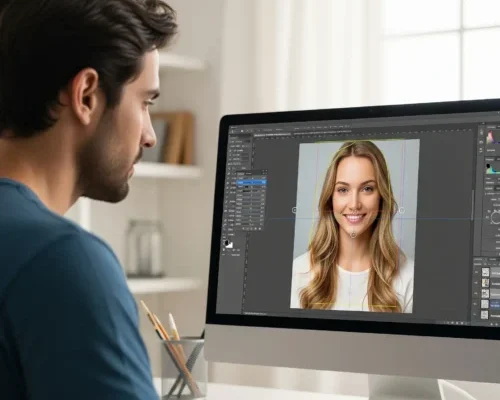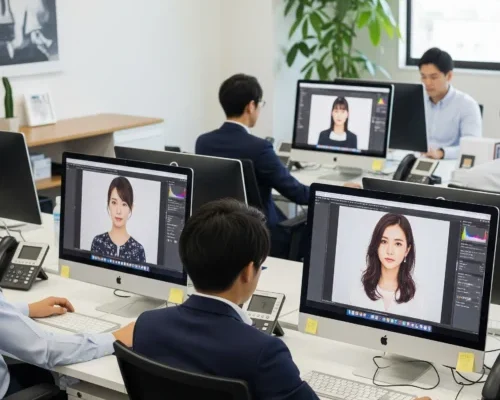In today’s online shopping world, product photos are everything, especially AI product photos. They’re the…
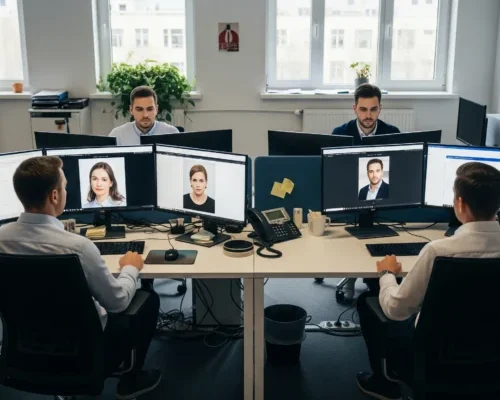
5 Proven Benefits of Human Touch in AI Photos
In today’s world, AI tools make photo editing faster and easier than ever. They can fix lighting, remove backgrounds, and even enhance faces in seconds. But while AI is smart, it doesn’t always understand the little details that make a photo feel truly special. That’s where the human touch comes in. A skilled editor knows how to bring out the real mood, emotion, and story behind an image, something machines still struggle to do. One of the key benefits of human touch in AI photos is this ability to add feeling and meaning, turning a good image into a truly memorable one. Mixing AI speed with human care can take photo editing to the next level.
Think of it like this: AI is great at following rules, but people are great at feeling. A human editor can notice small flaws AI might miss or choose colors and styles that match a certain mood or message. They understand context, culture, and what makes a photo look natural and not overly processed. Adding a human touch to AI-edited photos, you get images that not only look good but also connect with people on a deeper level. In this article, we’ll explore five proven benefits of combining both, where tech meets talent.
Why Human Touch Still Matters in a Tech World
Even though AI can do a lot, it still has limits, especially with emotion, culture, and personal style. AI can make a photo look sharp, bright, or smooth, but it doesn’t always know why certain details matter. A human editor can read between the lines of a photo, seeing the story, the feeling, or the message it should tell. This human touch helps turn an ordinary AI-edited image into something meaningful and beautiful. In creative fields like photography, it’s not just about how fast you work; it’s about how deeply your work connects with people.
Adding a human touch also brings more flexibility and personalization to photo editing. A real person can make choices that fit your unique needs, while AI often works with set patterns or templates. If you’re a brand, photographer, or just love good photos, a human editor helps your images stand out online.
Here are a few helpful tips to keep in mind:
- Work with an experienced editor who understands your vision and goals.
- Use AI for the basics, but let humans handle the final touches.
- Communicate clearly about the style or mood you want in your photos.
- Don’t be afraid to give feedback; it helps improve the result.
- Balance tech and talent for the best mix of speed, quality, and emotion.
Here are the Benefits of Human Touch in AI Photos
 Adds Real Emotion and Feeling to Photos
Adds Real Emotion and Feeling to Photos
AI is great at editing technical details like lighting, contrast, and sharpness, but it doesn’t truly understand emotion. That’s where the human touch makes a big difference. A skilled editor knows how to highlight the feelings in a photo, from joy, love, peace, or excitement. They can bring out the right colors, crop the image thoughtfully, and adjust the mood to match the story being told. This emotional touch helps the photo connect with viewers on a deeper level. It’s not just about looking perfect; it’s about feeling real.
Emotion is what makes a photo memorable. When a human editor looks at a picture, they can sense the vibe and work with care to enhance it without overdoing it. If it’s a wedding photo, a product image, or a portrait, the right edits can bring out the true spirit of the moment.
Here are a few simple ways to add emotional depth to your photos:
- Use warm tones to create a cozy, heartfelt feeling.
- Don’t over-edit faces; let real expressions shine through.
- Highlight natural light to keep the mood soft and honest.
- Focus on meaningful details, like a smile, glance, or background setting.
- Tell a story through color, shadows, and framing.
 Fixes What AI Often Misses
Fixes What AI Often Misses
AI editing tools are fast and efficient, but they don’t always catch everything. Sometimes, they miss small but important details, like a shadow in the wrong place, uneven skin tones, or awkward background elements. These small mistakes can really affect the final photo, especially for professional use or marketing. A human editor can spot and correct these issues with care and attention to detail. Unlike AI, people understand context and can make better choices based on what truly looks right, not just what fits an algorithm.
Humans also know when not to edit. AI might smooth skin too much or brighten an image until it looks fake. But a skilled human editor can keep things looking natural while still improving the overall quality. This balance between fixing and keeping it real is something only a person can do well.
To make sure your photos don’t lose their magic in the editing process, consider these tips:
- Review AI edits carefully before using them as final versions.
- Use human editors for final touches, especially on faces and backgrounds.
- Look out for small mistakes like odd lighting, repeated patterns, or unnatural skin.
- Don’t rely only on presets; each photo may need different attention.
- Trust your eye; if something feels off, it probably is.
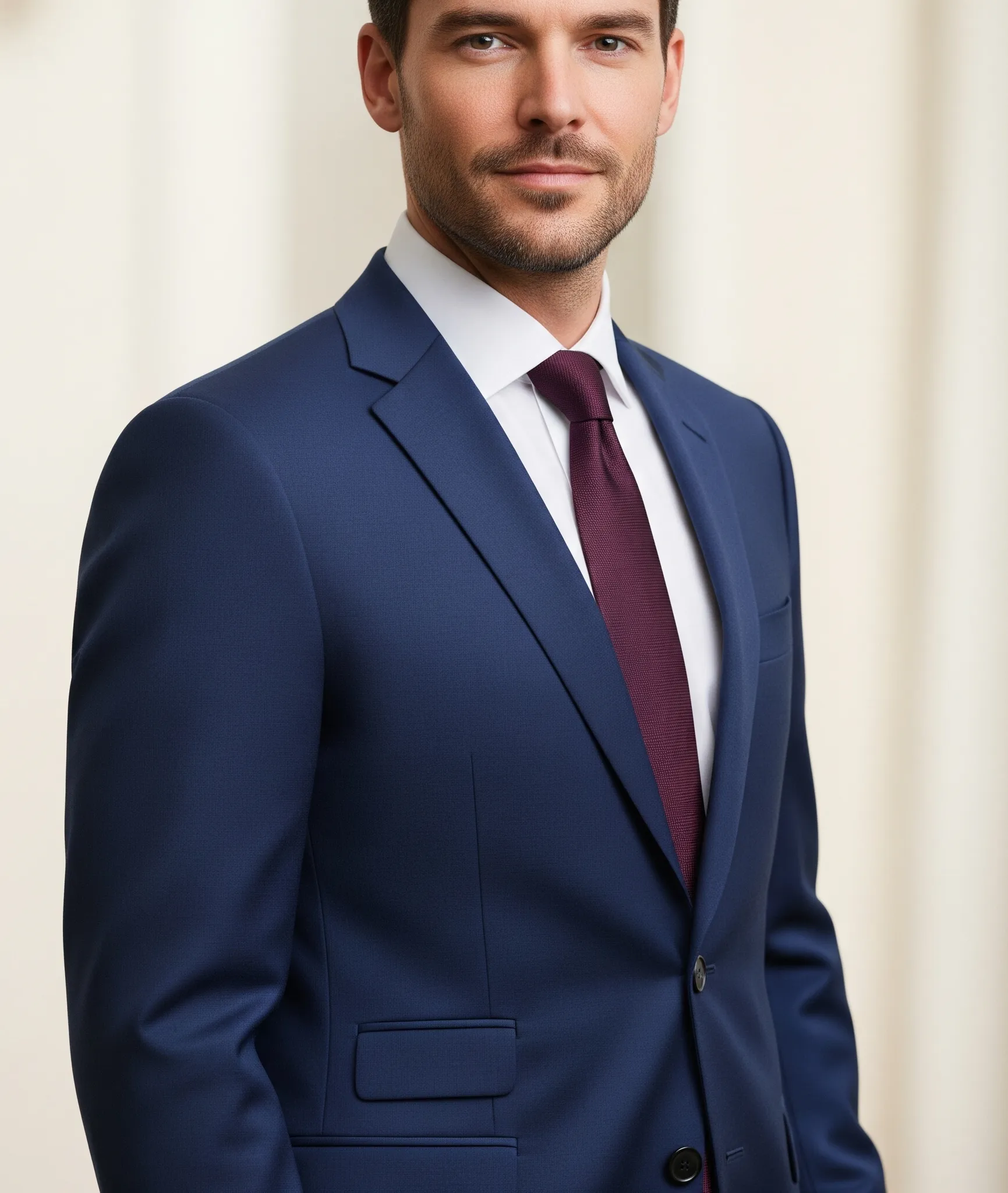 Makes Every Image Match Your Style
Makes Every Image Match Your Style
AI tools usually follow preset styles or filters, which can make images look clean but also very similar. If you want your photos to show your unique style or brand, human editing helps a lot. A skilled editor can adjust tones, colors, and composition to match your specific style, not just a generic look. If you like bright and bold or soft and natural, a human can adjust each photo to match your style. This kind of custom editing helps your content stand out and feel more “you.”
Consistency is especially important for photographers, content creators, or businesses trying to build a strong brand. When all your photos share the same style, they create a more professional and memorable impression. AI alone can’t always deliver this level of control or creativity. Human editors can also adapt your style over time, keeping it fresh without losing the feeling.
To help keep your photo style on track, try these simple tips:
- Create a mood board with example photos that match your desired look.
- Share editing preferences (like color tones or contrast levels) with your editor.
- Stick to a few core styles for consistency across your work.
- Review and refine your style regularly to keep it updated.
- Save custom presets developed by human editors for future use.
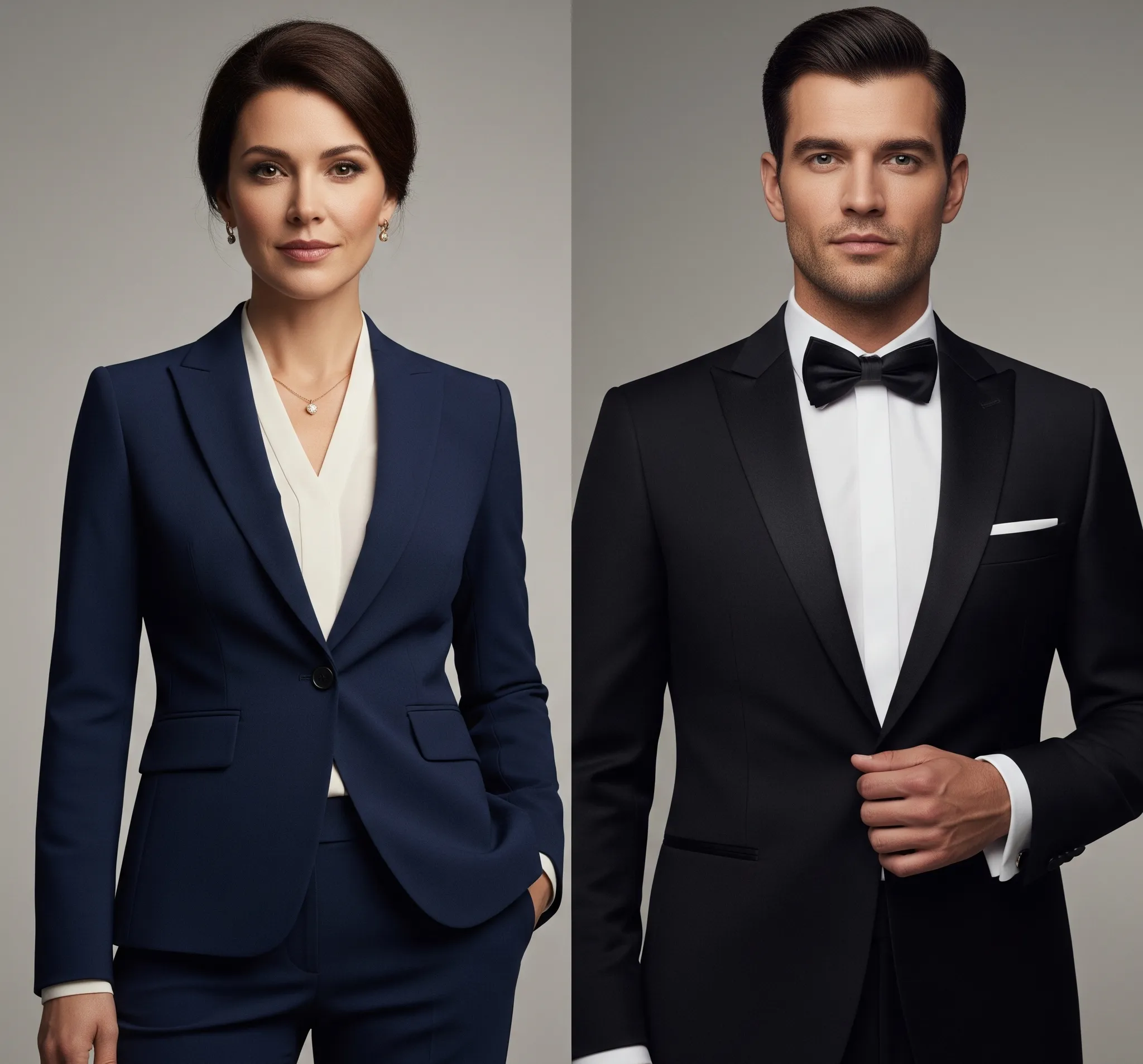 Keeps the Natural Look Intact
Keeps the Natural Look Intact
One common issue with AI-edited photos is that they can sometimes look too perfect or unnatural. AI may smooth skin too much, brighten colors too heavily, or remove textures that give photos their real-life charm. Human editors, on the other hand, know how to improve a photo without making it look fake. They understand when to stop editing so that the image still looks honest and true to life. This balance is especially important in portraits, lifestyle shots, or any photos meant to feel personal and real.
Keeping the natural look intact also helps build trust with your audience. If it’s a brand photo or a personal picture, people connect more with images that feel authentic. Human editors can enhance the photo while keeping skin tones, lighting, and background elements looking natural. AI can help with the basics, but human skill ensures the final image feels believable.
Here are a few ways to protect that natural look in your photos:
- Avoid heavy filters that change the photo’s original tone too much.
- Keep skin texture visible instead of blurring it completely.
- Use soft edits to adjust brightness and contrast without going overboard.
- Choose real lighting effects over artificial glows or shadows.
- Review your photos on different screens to make sure they still look natural.
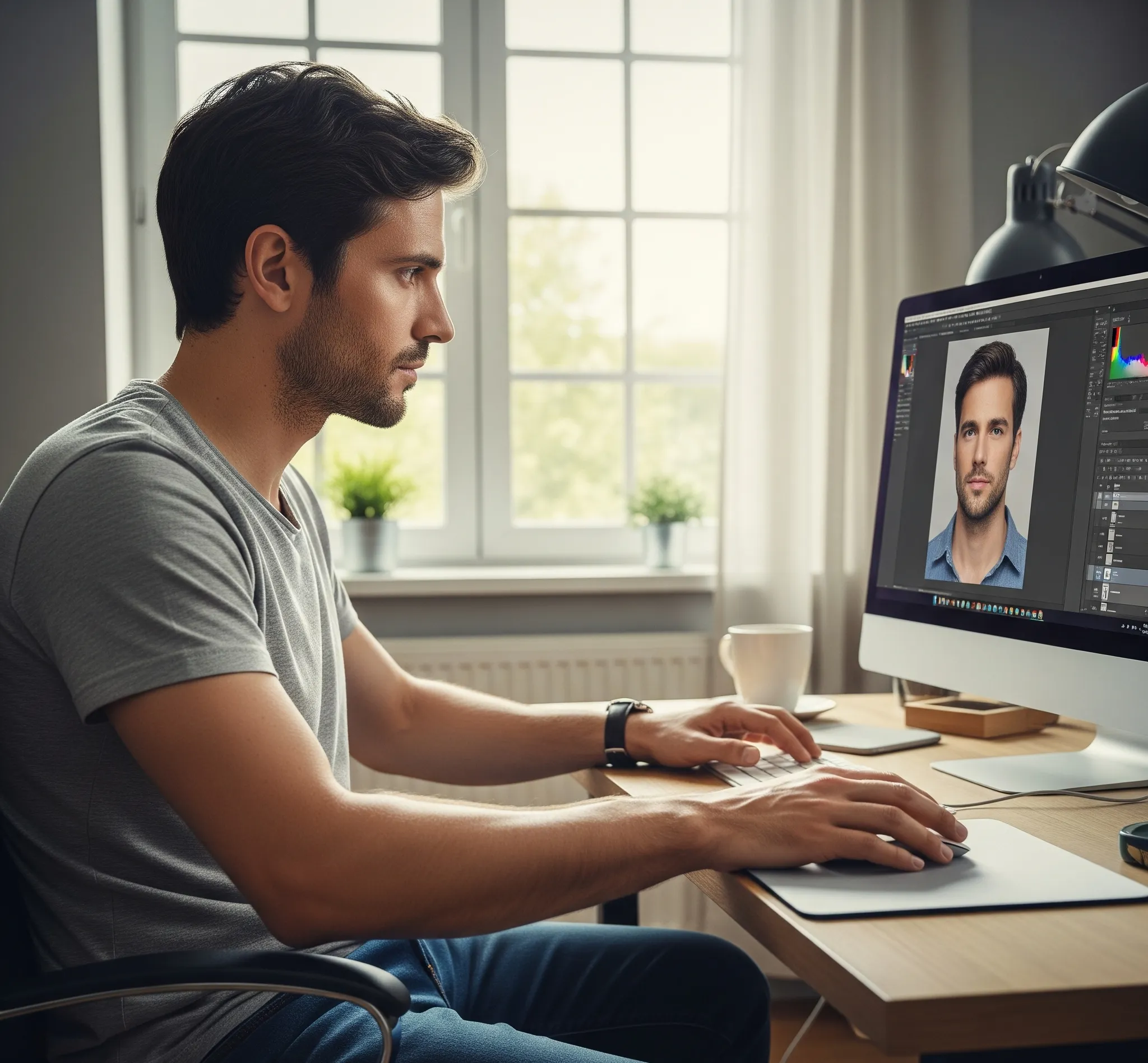 Brings Creative Thinking into the Process
Brings Creative Thinking into the Process
While AI is good at following rules and patterns, it doesn’t have imagination or artistic judgment. That’s where human creativity makes a huge impact. A human editor can see more in a photo and think about the story or feelings it shows. Creative thinking helps editors try new colors, lighting, and effects in smart and fresh ways. This gives photos a unique touch that AI alone can’t achieve. In short, it’s not just about fixing a photo; it’s about improving it.
Creative photo editing also helps images stand out, especially in social media, marketing, or professional portfolios. A person can take risks, make artistic choices, and design visuals that match the mood or message you’re trying to share. AI might miss these chances for creativity because it plays it safely. If you want your photos to feel fresh and different, human input is important.
Here are some ways to bring more creativity into your editing process:
- Try different color tones to set a unique mood or vibe.
- Use cropping creatively to focus attention or add emotion.
- Experiment with light and shadow to give photos depth and drama.
- Tell a story by editing in a way that reflects the subject’s feeling or setting.
- Trust your eye and instincts; not everything has to follow a template.
Conclusion
AI tools make photo editing fast and easy, but the human touch still makes a big difference. People can add real feeling, fix small mistakes, and keep photos looking natural and creative. When you mix AI’s speed with human care, your photos can look even better. If you’re editing for fun, work, or to tell a story, human editing helps your images stand out. What do you think about using both AI and human editing together? Share your thoughts or questions in the comments below; we’d love to hear from you!


